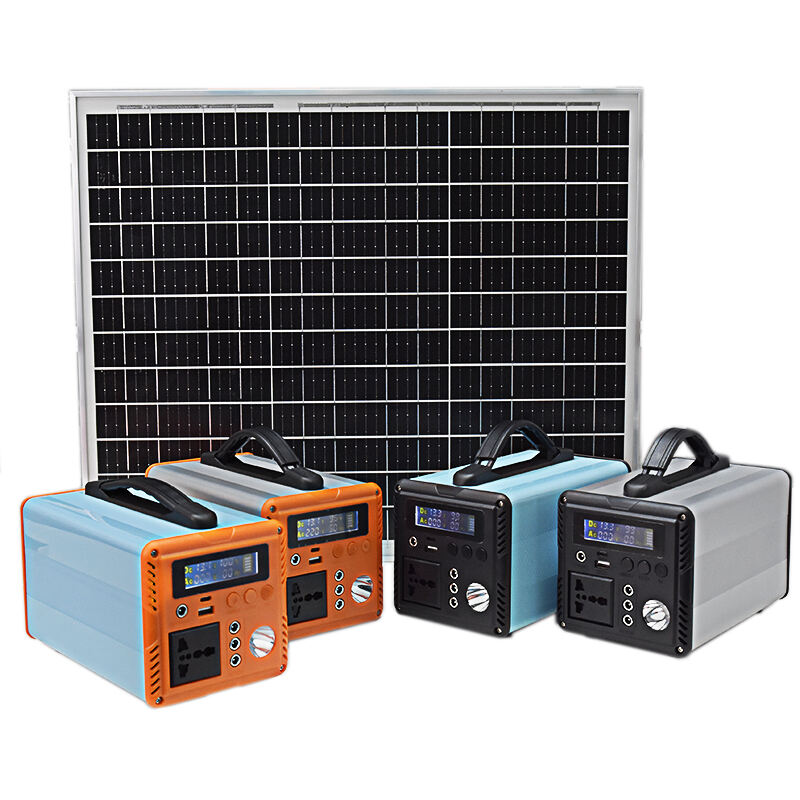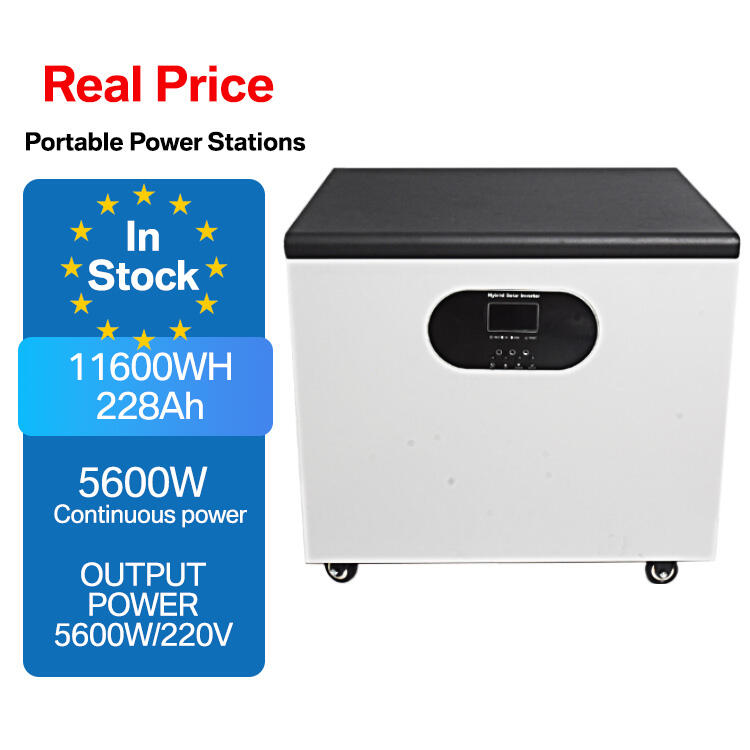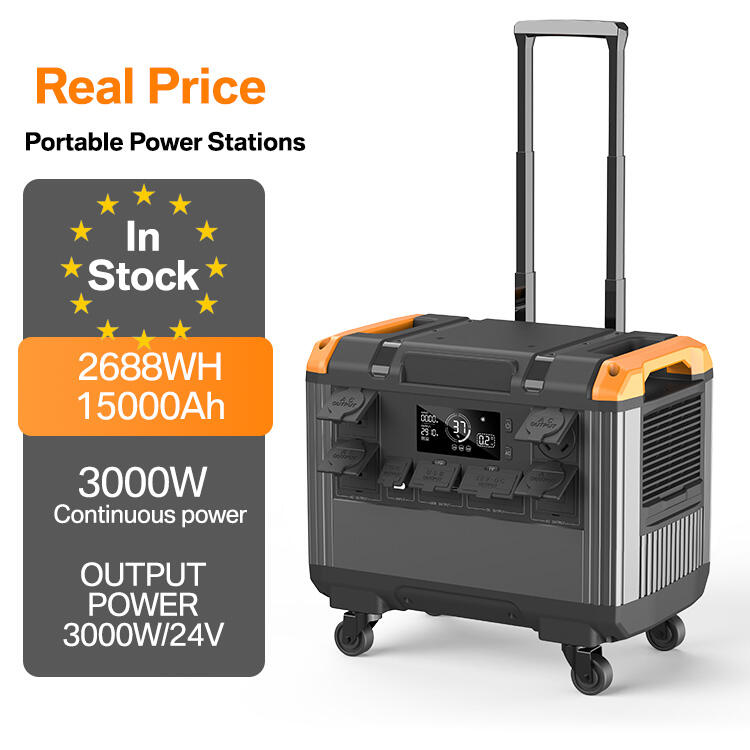
Lead-acid power stations depend on lead-acid batteries to store energy. This battery has lead plates and sulfuric acid, and stores energy via chemical reactions which can later be retrieved, also known as released, when needed. There are various types of power stations using lead power, and they are quite affordable. These stations have been in circulation for many decades. Still, like all other types of power systems, they do have some limitations. Lead power stations have lower energy density when compared to lithium-ion batteries. They also have a shorter cycle life which is typically anywhere from 300-500 deep-discharge cycles. Another limitation includes requiring constant maintenance like checking the electrolyte levels, and refilling them. Regardless of their shortcomings, lead-acid power stations can still be useful in some locations where cost-effectiveness is a priority, such as small backup power systems.

